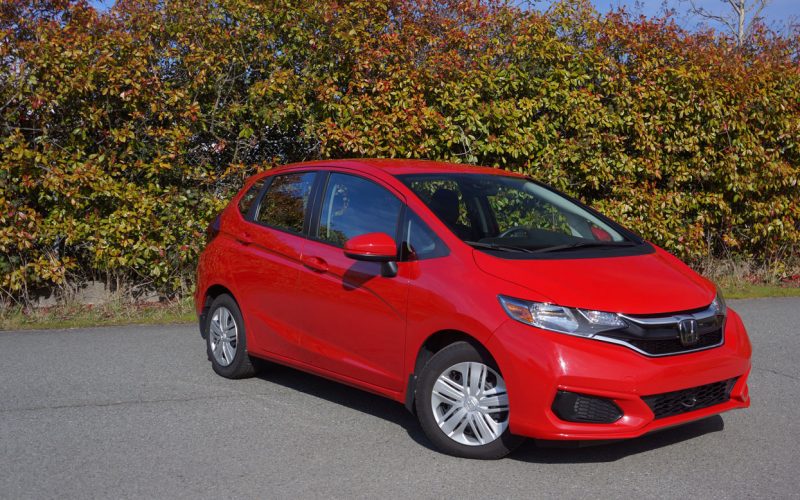
Reading Time: 8 minutesThe Fit is the least expensive way to put a Honda car in your garage, but
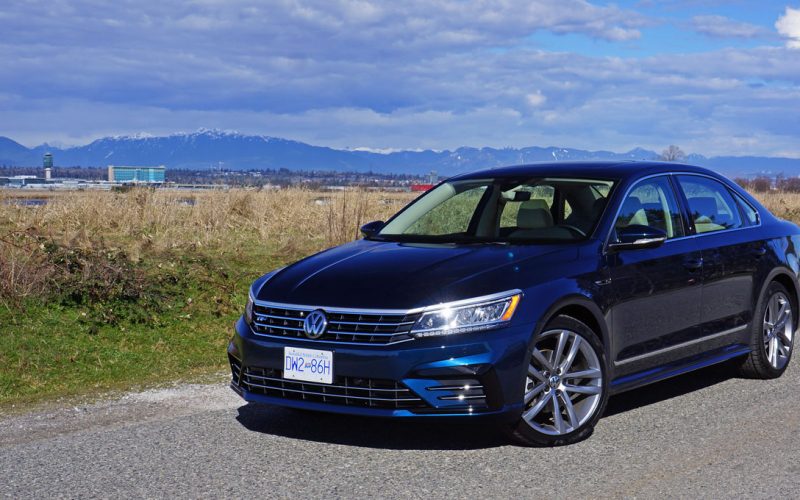
Reading Time: 9 minutesI love it when an automaker makes my job easy. For 2019, which has actually been
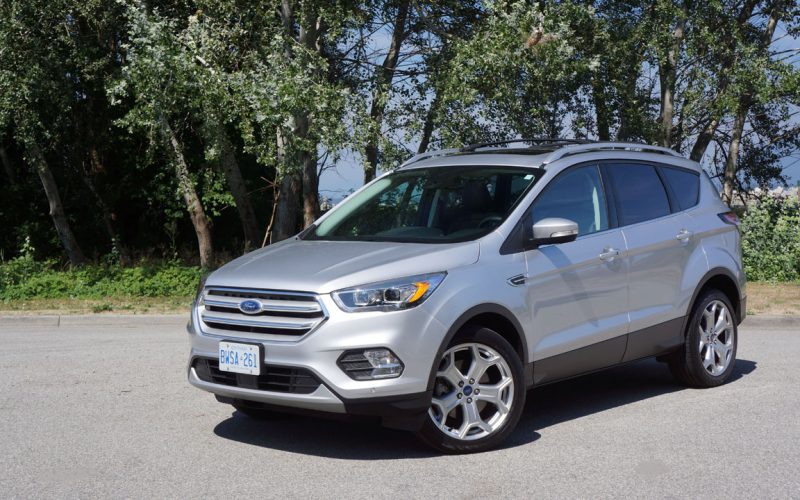
Reading Time: 13 minutesWith an all-new 2020 Escape already showing up at Canada’s blue-oval dealerships, it’s time to say
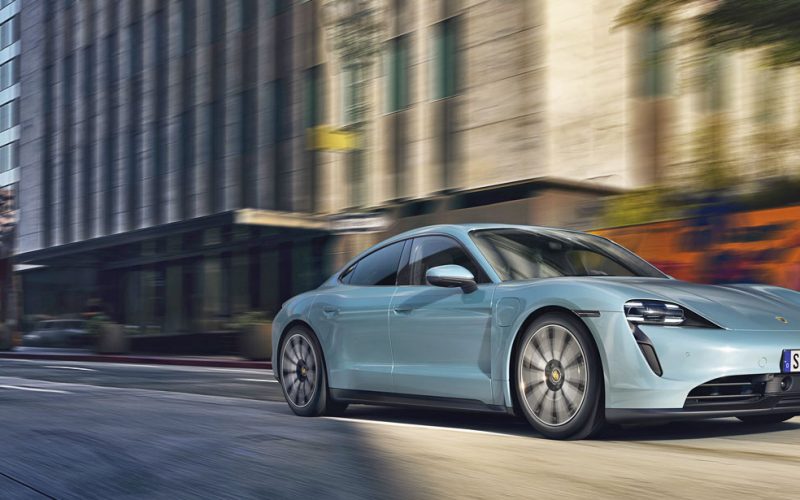
Reading Time: 6 minutesPorsche introduced two production versions of its fabulous Taycan EV last month, but some would-be buyers
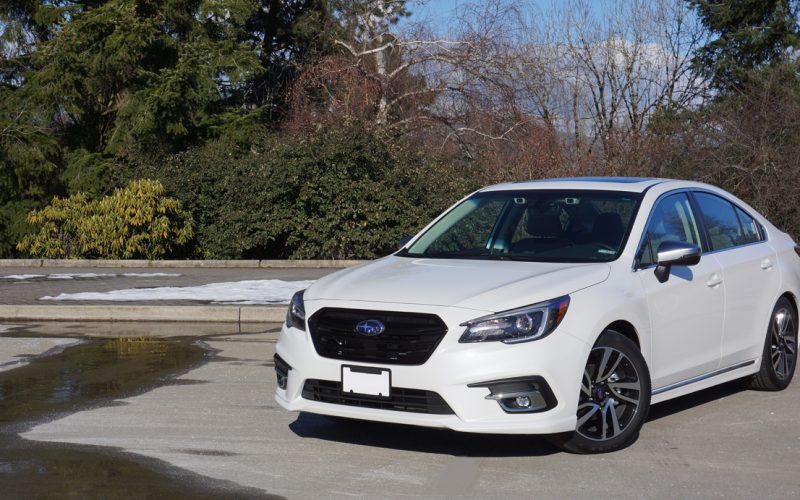
Reading Time: 11 minutesSubaru has just introduced a redesigned 2020 Legacy mid-size sedan with new styling, updated engines, and
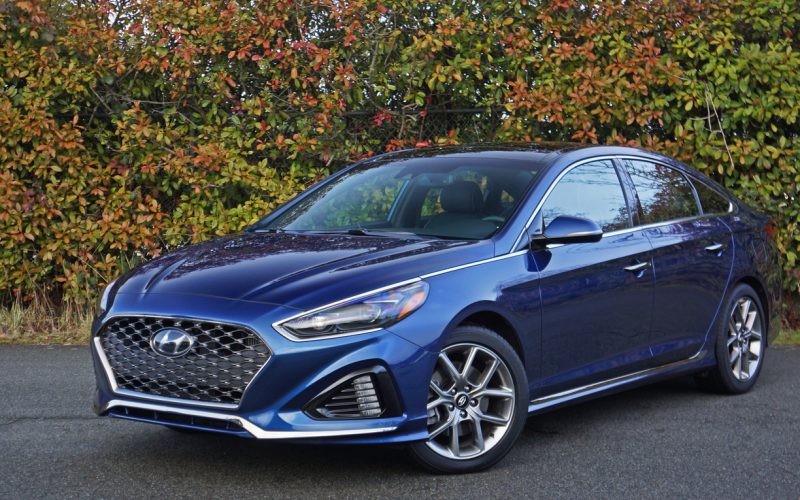
Reading Time: 15 minutesThe Sonata has been with us for a long time, 31 years in fact. During those
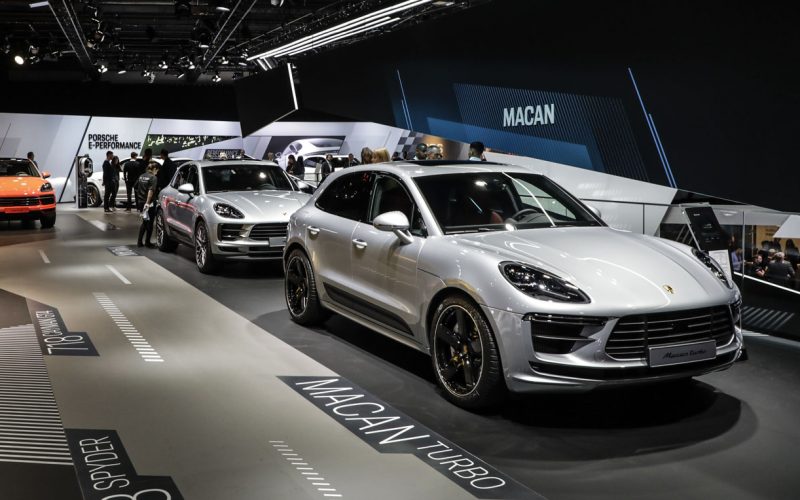
Reading Time: 4 minutesPorsche gave its Macan compact luxury utility such an extensive update last year that most in
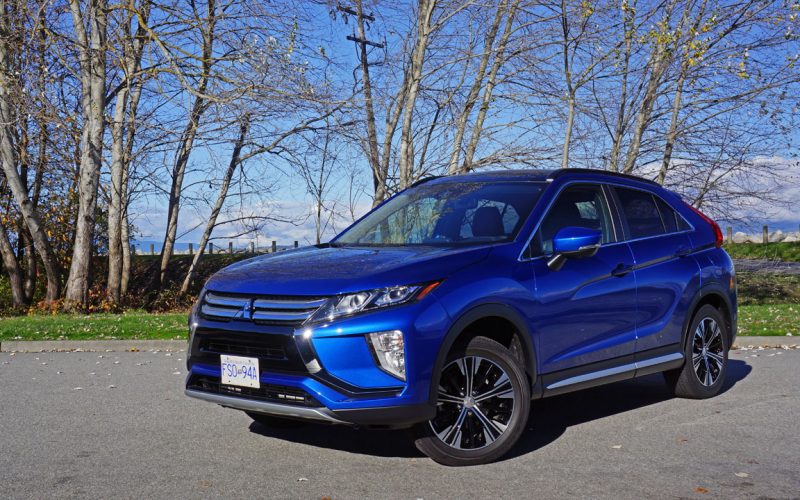
Reading Time: 13 minutesI’m not sure how I feel about the name that Mitsubishi chose for its new compact
© 2025 The Car Magazine. All Rights Reserved, Privacy Policy | Terms of Use